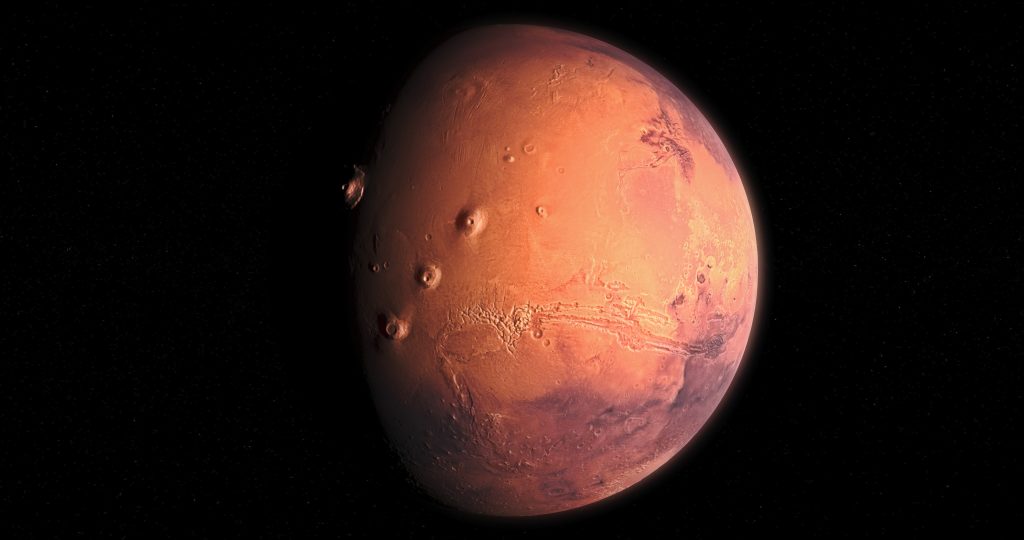The Mars Sample Return mission, which aims to collect and bring back rock and soil samples from Mars, is facing escalating costs that threaten to affect other scientific missions, according to a recent report. The mission, which is a joint effort by NASA and the European Space Agency (ESA), was initially projected to cost $7 billion, but the latest estimates suggest it could now cost up to $11 billion.
The report states that the increasing cost of the Mars Sample Return mission could result in cuts to other missions, particularly those focused on studying Earth and its environment. These cuts could have a significant impact on scientific research in areas such as climate change, natural disasters, and environmental monitoring.
NASA and ESA officials have acknowledged the cost overruns but have not yet announced any changes to the mission’s timeline or budget. The report suggests that the agencies should consider re-evaluating the mission’s scope and timeline to reduce costs and ensure that other important scientific missions are not compromised.
The Mars Sample Return mission is considered one of the most ambitious and technically challenging missions in the history of space exploration. The mission involves three separate launches, including a rover that will collect and cache samples, a lander that will retrieve the samples and launch them into Mars orbit, and an orbiter that will capture the samples and return them to Earth. The mission is expected to provide valuable insights into the geological and biological history of Mars and help scientists better understand the planet’s potential for supporting life.





